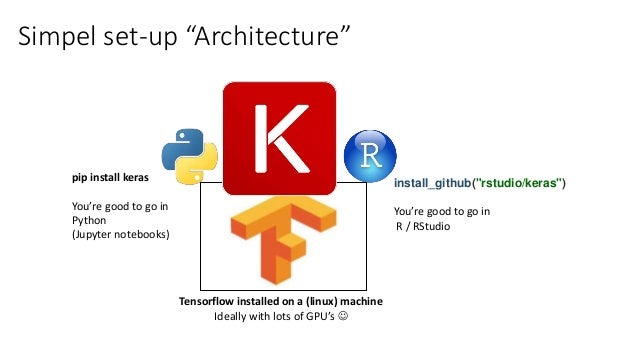Matrix Rstudio
A correlation matrix is a table of correlation coefficients for a set of variables used to determine if a relationship exists between the variables. The coefficient indicates both the strength of the relationship as well as the direction (positive vs. Negative correlations). Matrix is a two dimensional data structure in R programming. Matrix is similar to vector but additionally contains the dimension attribute. All attributes of an object can be checked with the attributes function (dimension can be checked directly with the dim function).
- R Tutorial
- R Data Interfaces
- R Charts & Graphs
- R Statistics Examples
- R Useful Resources
- Selected Reading
Rstudio Matrix To Vector
Matrices are the R objects in which the elements are arranged in a two-dimensional rectangular layout. They contain elements of the same atomic types. Though we can create a matrix containing only characters or only logical values, they are not of much use. We use matrices containing numeric elements to be used in mathematical calculations.
A Matrix is created using the matrix() function.
Syntax
The basic syntax for creating a matrix in R is −
Following is the description of the parameters used −
data is the input vector which becomes the data elements of the matrix.
nrow is the number of rows to be created.
ncol is the number of columns to be created.
byrow is a logical clue. If TRUE then the input vector elements are arranged by row.
dimname is the names assigned to the rows and columns.
Example
Create a matrix taking a vector of numbers as input.

When we execute the above code, it produces the following result −
Accessing Elements of a Matrix
Elements of a matrix can be accessed by using the column and row index of the element. We consider the matrix P above to find the specific elements below.
When we execute the above code, it produces the following result −
Matrix Computations
Various mathematical operations are performed on the matrices using the R operators. Android 4 os free download. The result of the operation is also a matrix.
The dimensions (number of rows and columns) should be same for the matrices involved in the operation.
Matrix Addition & Subtraction
When we execute the above code, it produces the following result −
Matrix Multiplication & Division
When we execute the above code, it produces the following result −
Most of the methods on this website actually describe the programming of matrices. It is built deeply into the R language. This section will simply cover operators and functions specifically suited to linear algebra. Before proceeding you many want to review the sections on Data Types and Operators.
Matrix facilites
In the following examples, A and B are matrices and x and b are a vectors.

| Operator or Function | Description |
| A * B | Element-wise multiplication |
| A %*% B | Matrix multiplication |
| A %o% B | Outer product. AB' |
| crossprod(A,B) crossprod(A) | A'B and A'A respectively. |
| t(A) | Transpose |
| diag(x) | Creates diagonal matrix with elements of x in the principal diagonal |
| diag(A) | Returns a vector containing the elements of the principal diagonal |
| diag(k) | If k is a scalar, this creates a k x k identity matrix. Go figure. |
| solve(A, b) | Returns vector x in the equation b = Ax (i.e., A-1b) |
| solve(A) | Inverse of A where A is a square matrix. |
| ginv(A) | Moore-Penrose Generalized Inverse of A. ginv(A) requires loading the MASS package. |
| y<-eigen(A) | y$val are the eigenvalues of A y$vec are the eigenvectors of A |
| y<-svd(A) | Single value decomposition of A. y$d = vector containing the singular values of A y$u = matrix with columns contain the left singular vectors of A y$v = matrix with columns contain the right singular vectors of A |
| R <- chol(A) | Choleski factorization of A. Returns the upper triangular factor, such that R'R = A. |
| y <- qr(A) | QR decomposition of A. y$qr has an upper triangle that contains the decomposition and a lower triangle that contains information on the Q decomposition. y$rank is the rank of A. y$qraux a vector which contains additional information on Q. y$pivot contains information on the pivoting strategy used. |
| cbind(A,B,..) | Combine matrices(vectors) horizontally. Returns a matrix. |
| rbind(A,B,..) | Combine matrices(vectors) vertically. Returns a matrix. |
| rowMeans(A) | Returns vector of row means. |
| rowSums(A) | Returns vector of row sums. |
| colMeans(A) | Returns vector of column means. |
| colSums(A) | Returns vector of column sums. |
Matlab Emulation
The matlab package contains wrapper functions and variables used to replicate MATLAB function calls as best possible. This can help porting MATLAB applications and code to R. https://downzload603.weebly.com/polderbits-sound-recorder-90-keygen.html.
Going Further
The Matrix package contains functions that extend R to support highly dense or sparse matrices. It provides efficient access to BLAS (Basic Linear Algebra Subroutines), Lapack (dense matrix), TAUCS (sparse matrix) and UMFPACK (sparse matrix) routines.
To Practice
Rstudio Matrix Transpose
Try some of the exercises in matrix algebra in this course on intro to statistics with R.